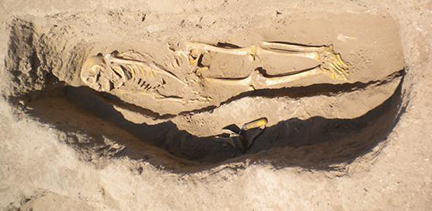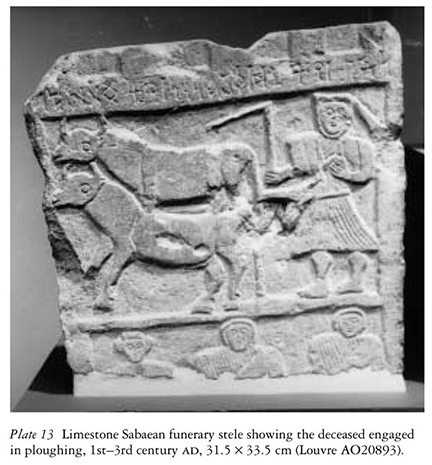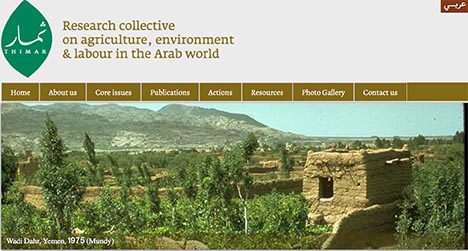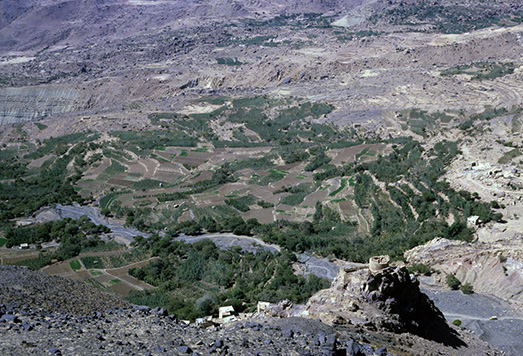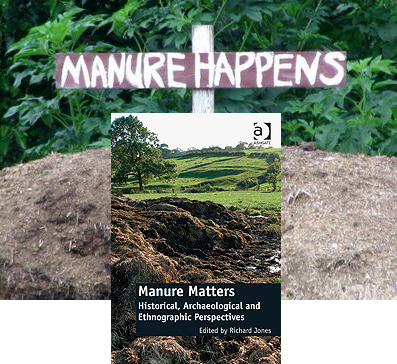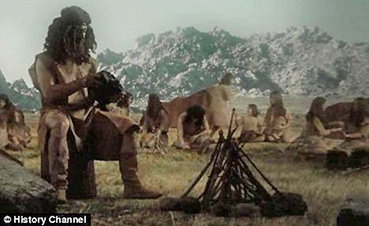
[Webshaykh’s Note: This study is perhaps a bit dated and overstretched, but it can help explain why Iraq and Syria still matter (well, sort of…). I sort of doubt all the handsome men were farmers back then… or could it be that handsome Turks turned the eyes of lassies in Ireland independent of their farming expertise?]
Most Britons descended from male farmers who left Iraq and Syria 10,000 years ago (and were seduced by the local hunter-gatherer women)
By David Derbyshire for MailOnlineUpdated: 13:37 GMT, 20 January 2010
Most Britons are direct descendants of farmers who left modern day Iraq and Syria 10,000 years ago, a new study has shown.
After studying the DNA of more than 2,000 men, researchers say they have compelling evidence that four out of five white Europeans can trace their roots to the Near East.
The discovery is shedding light on one of the most important periods of human history – the time when our ancient ancestors abandoned hunting and began to domesticate animals. Continue reading Those Levantine British Libertines…


